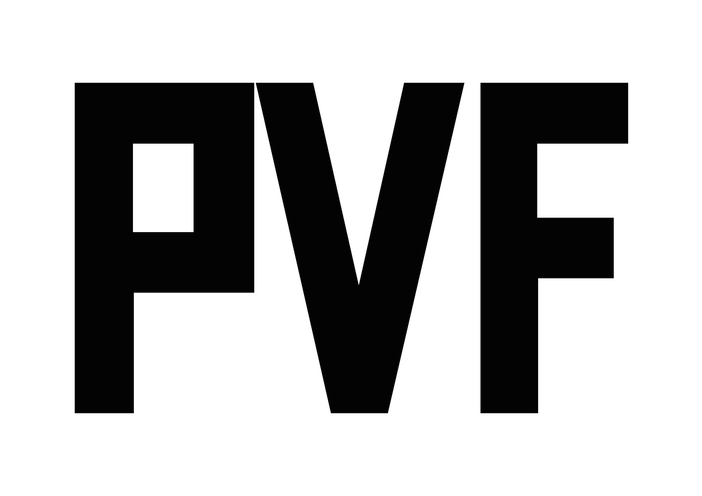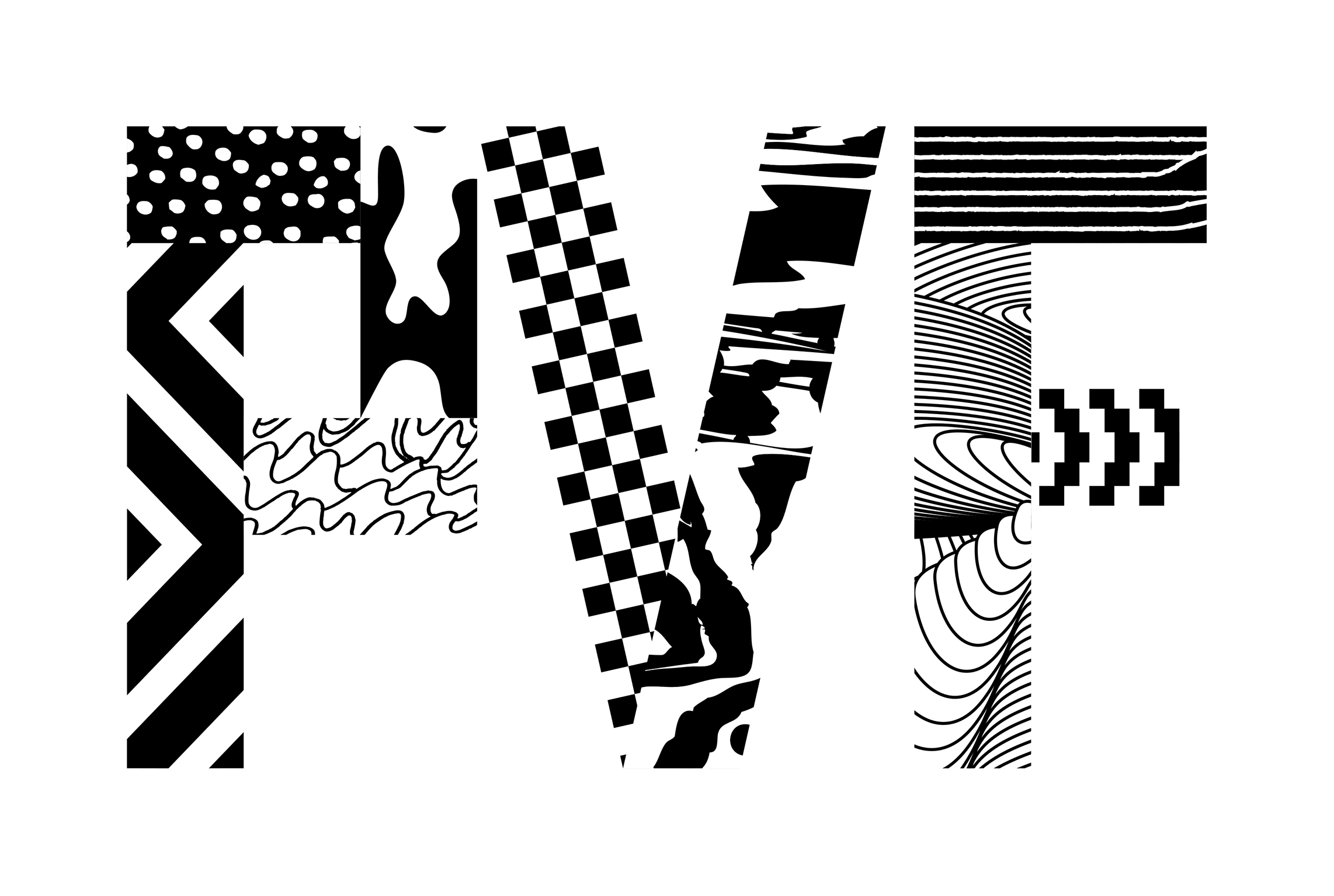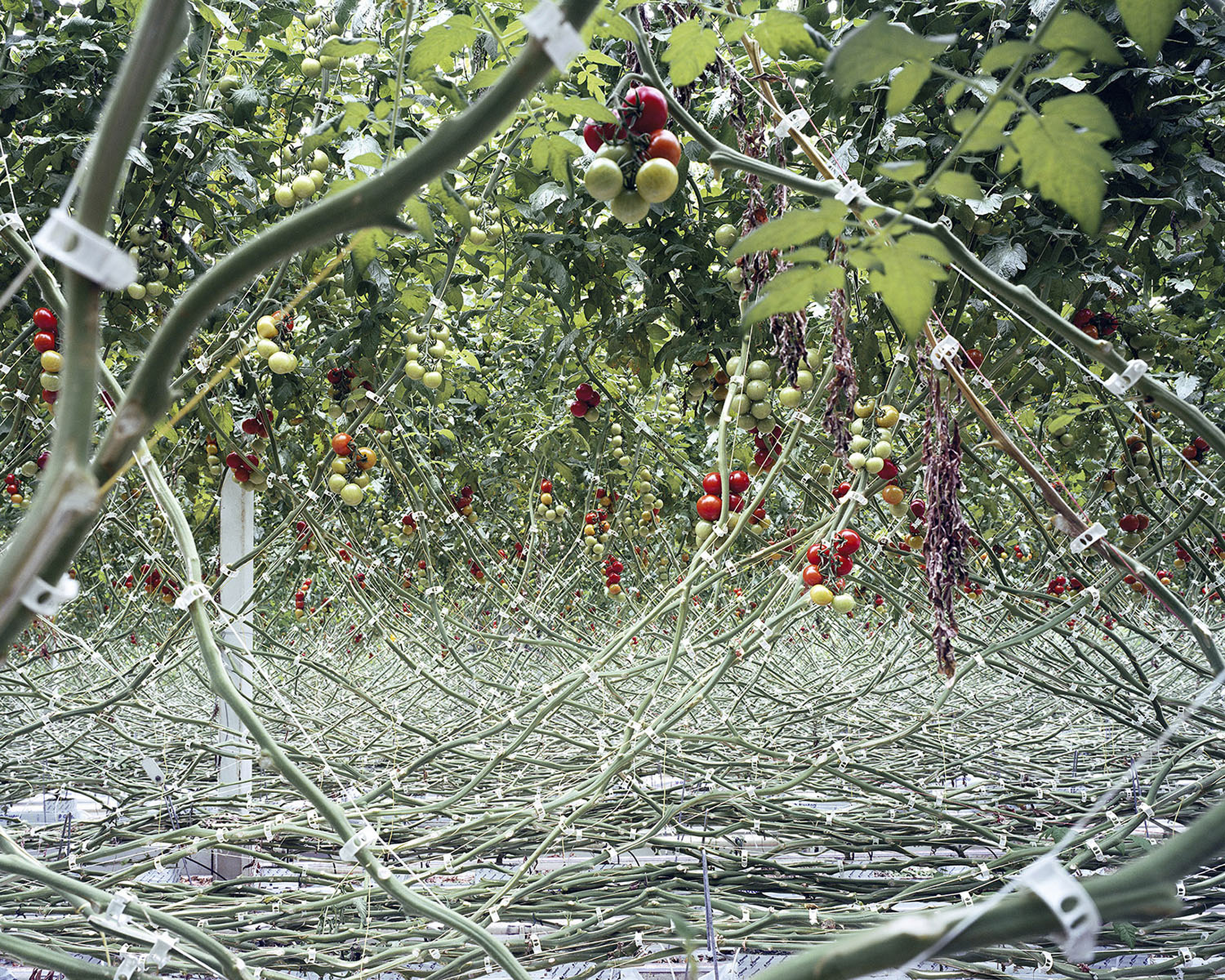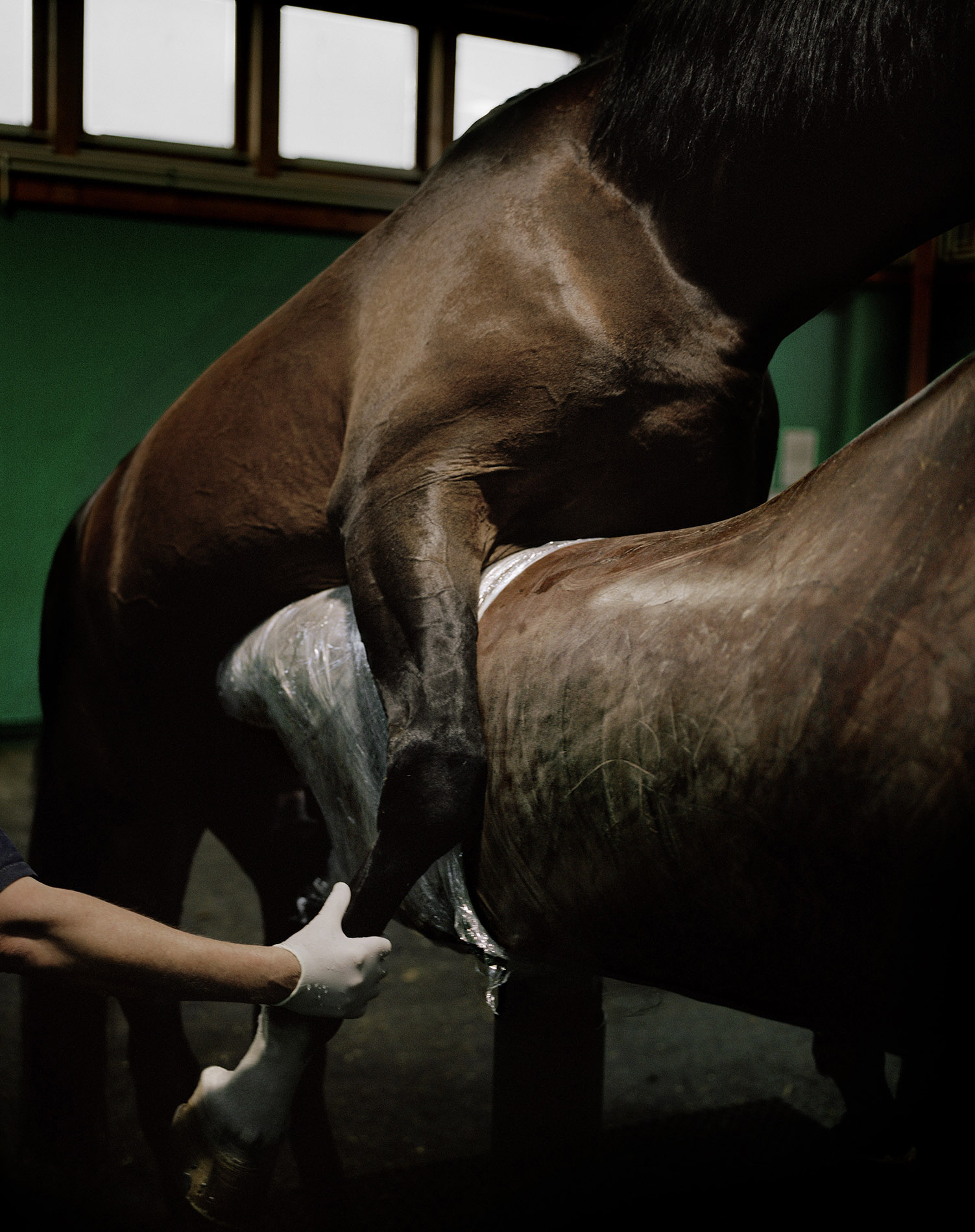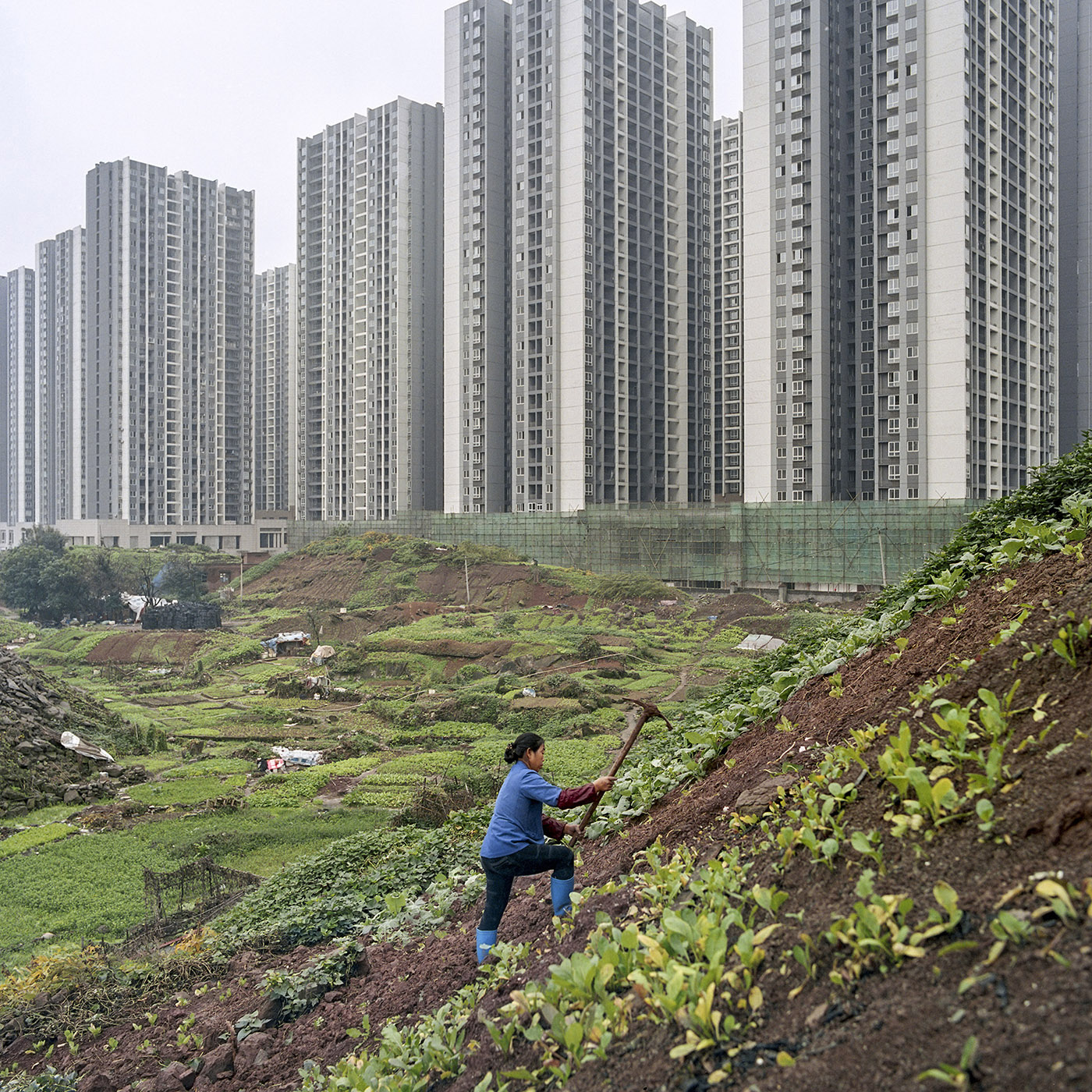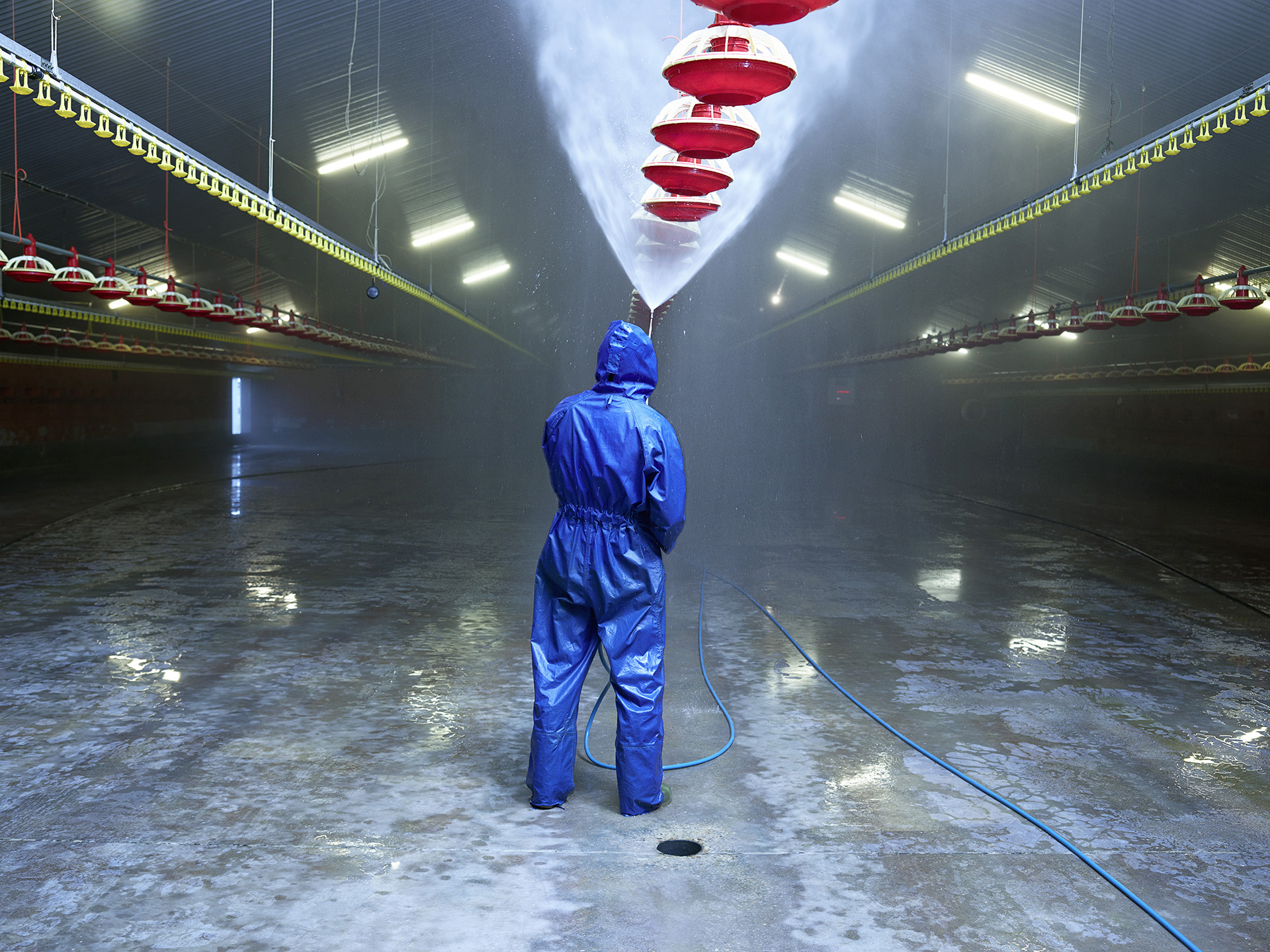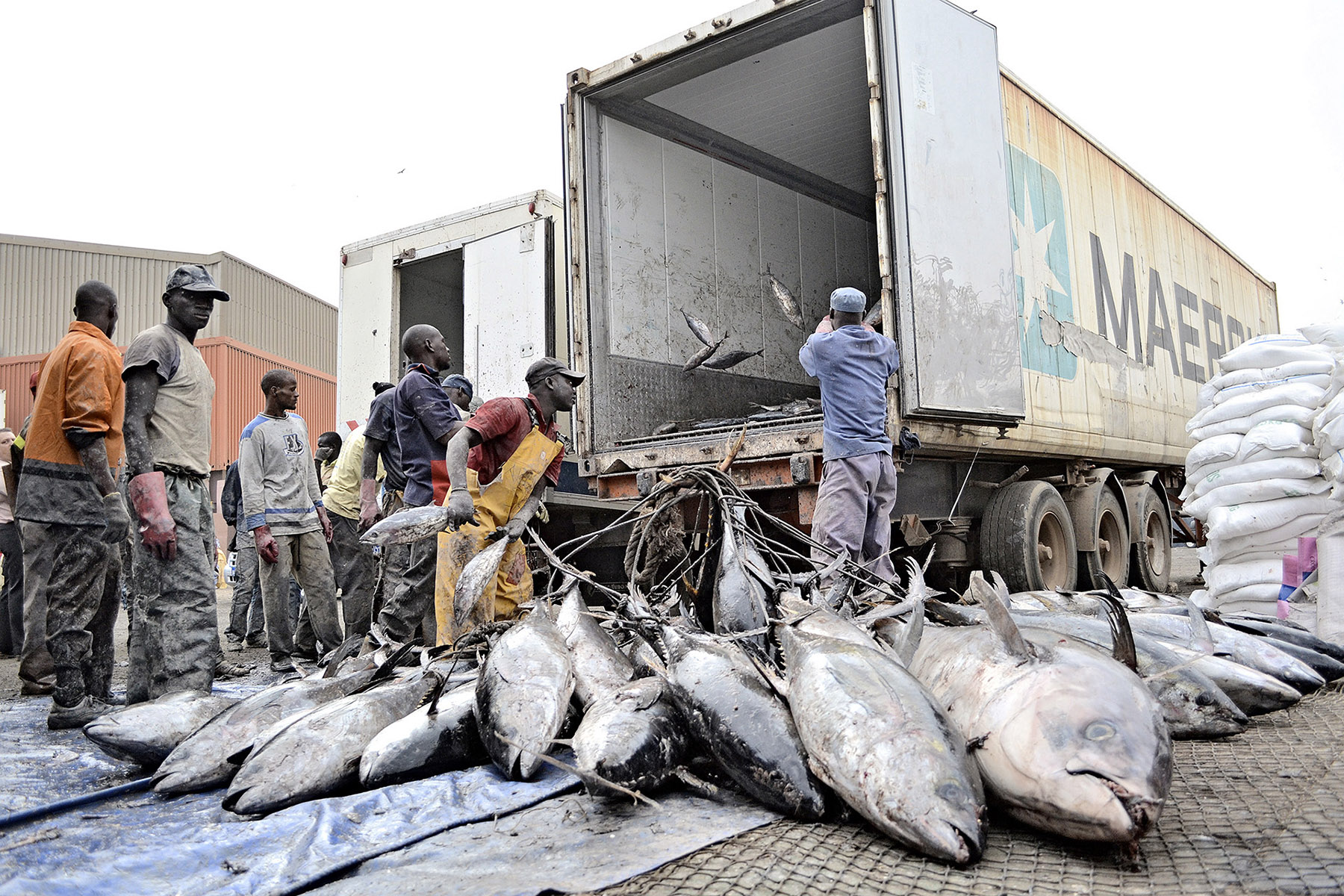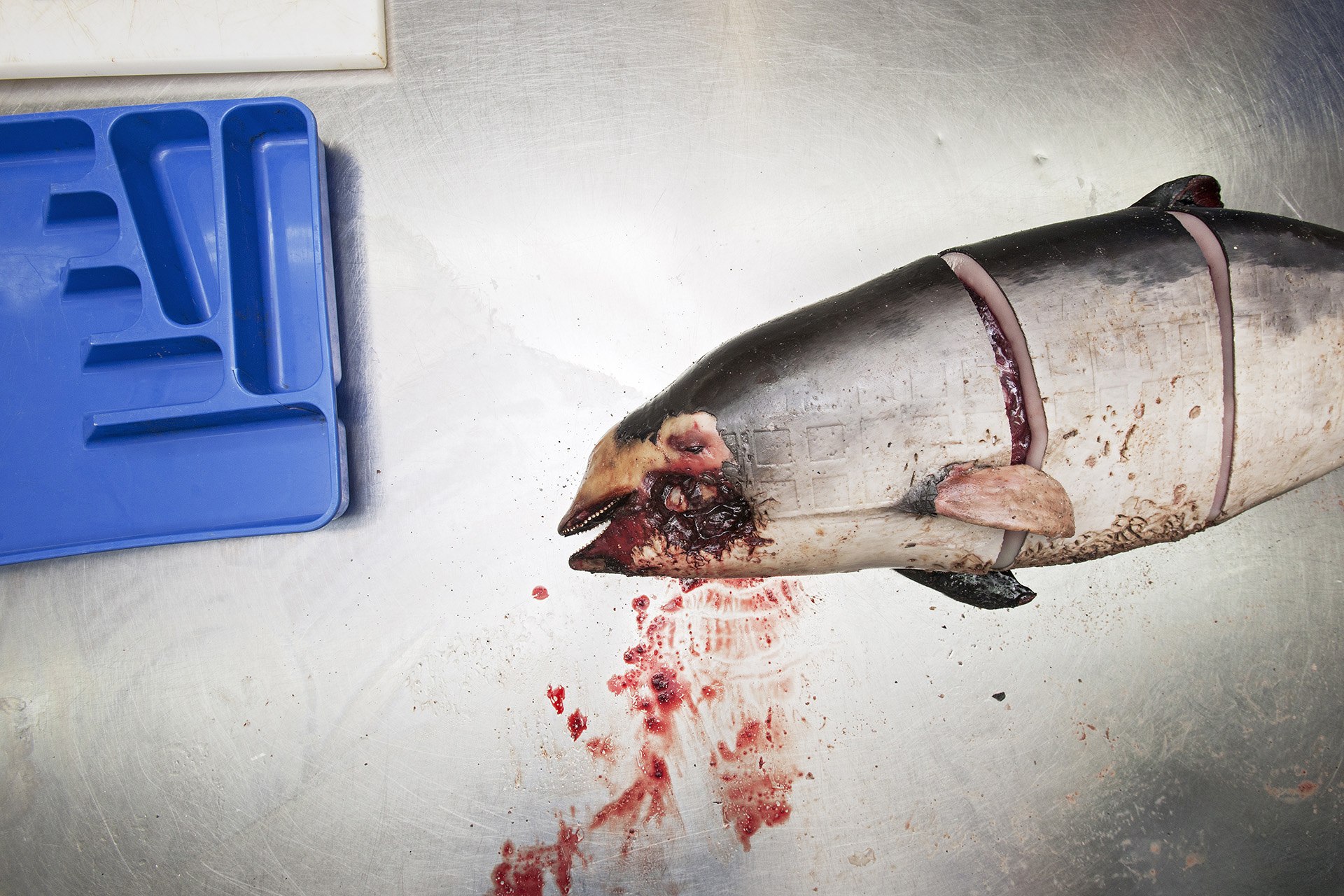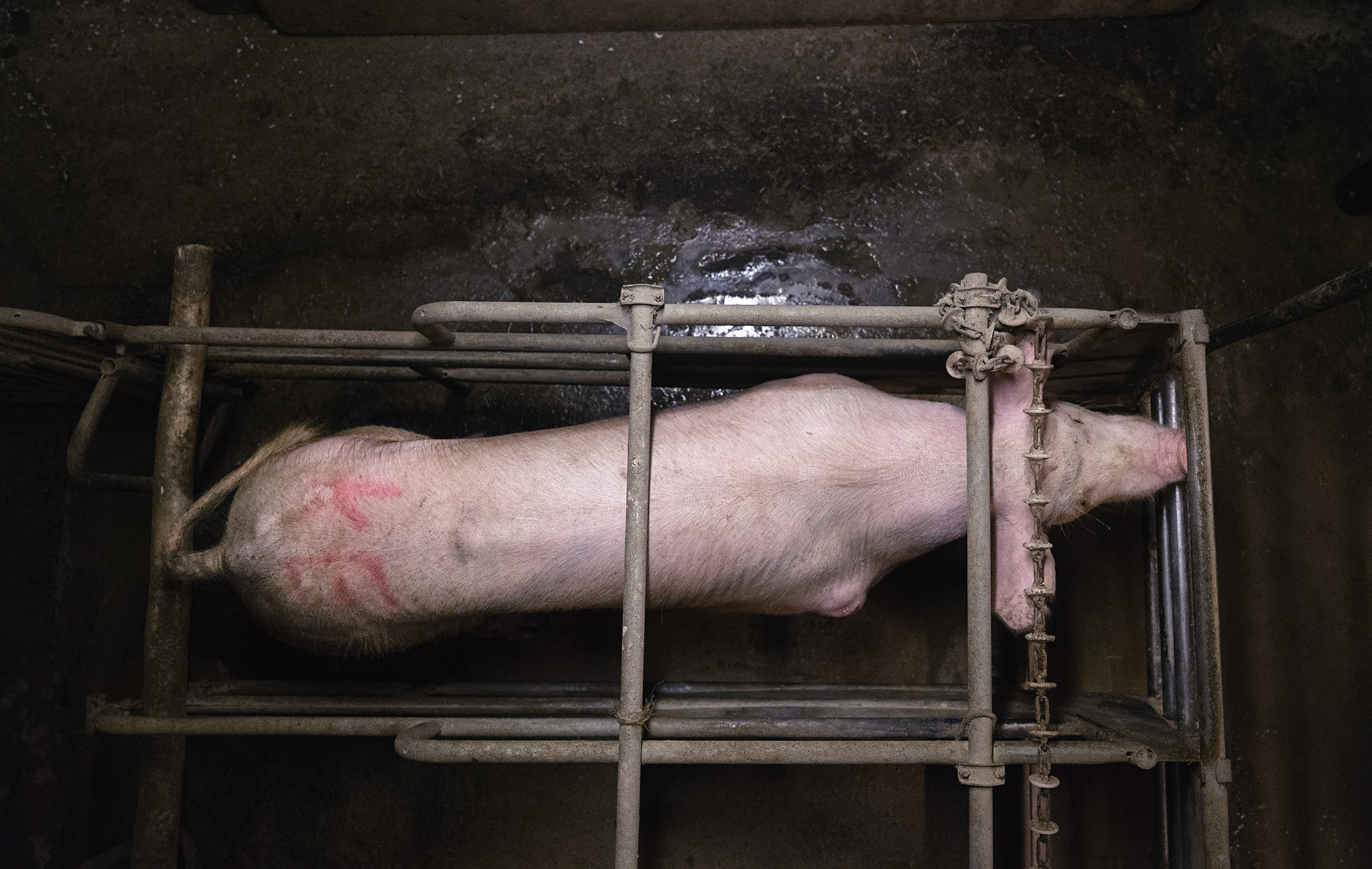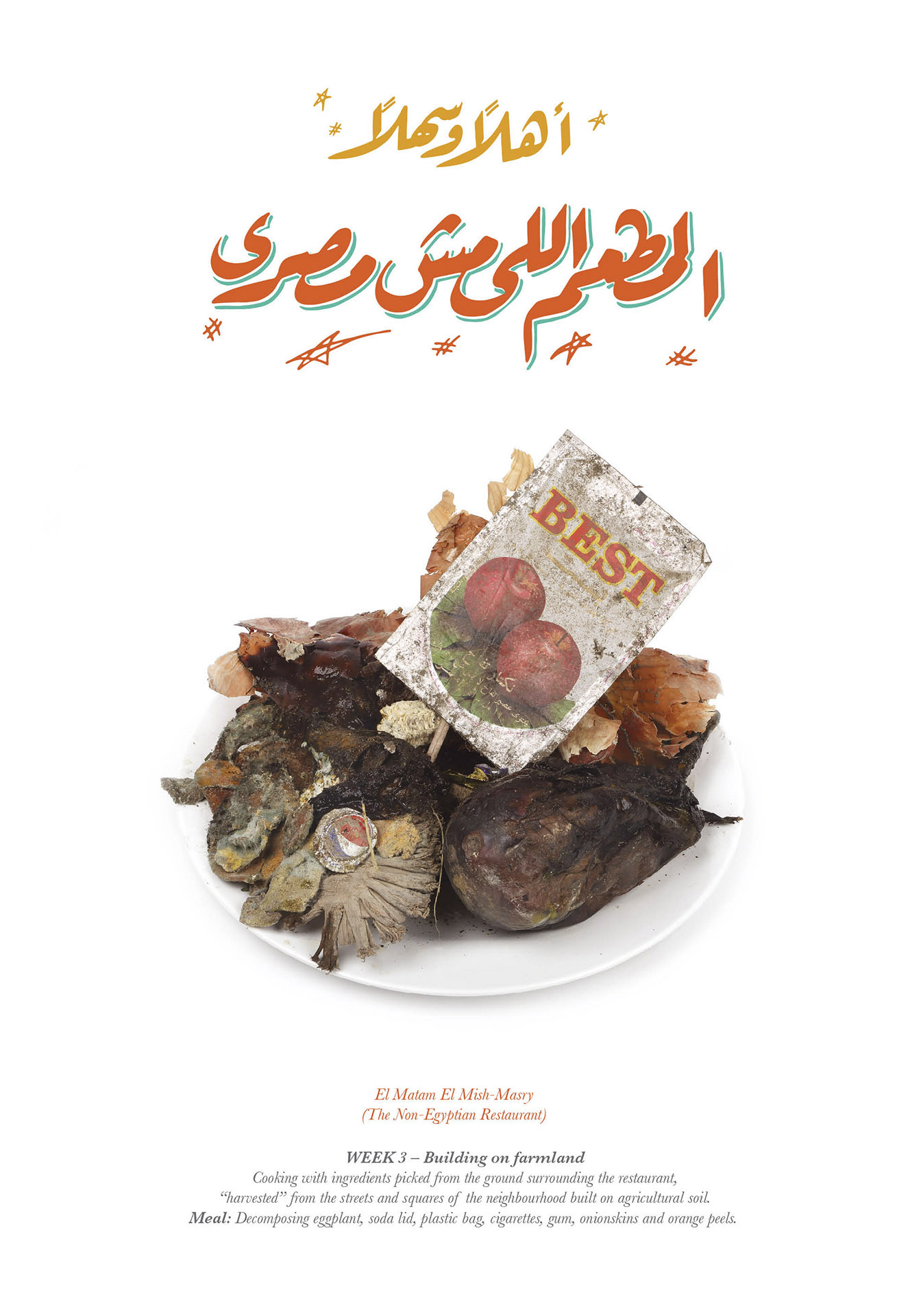PVF 2017: Post-Food
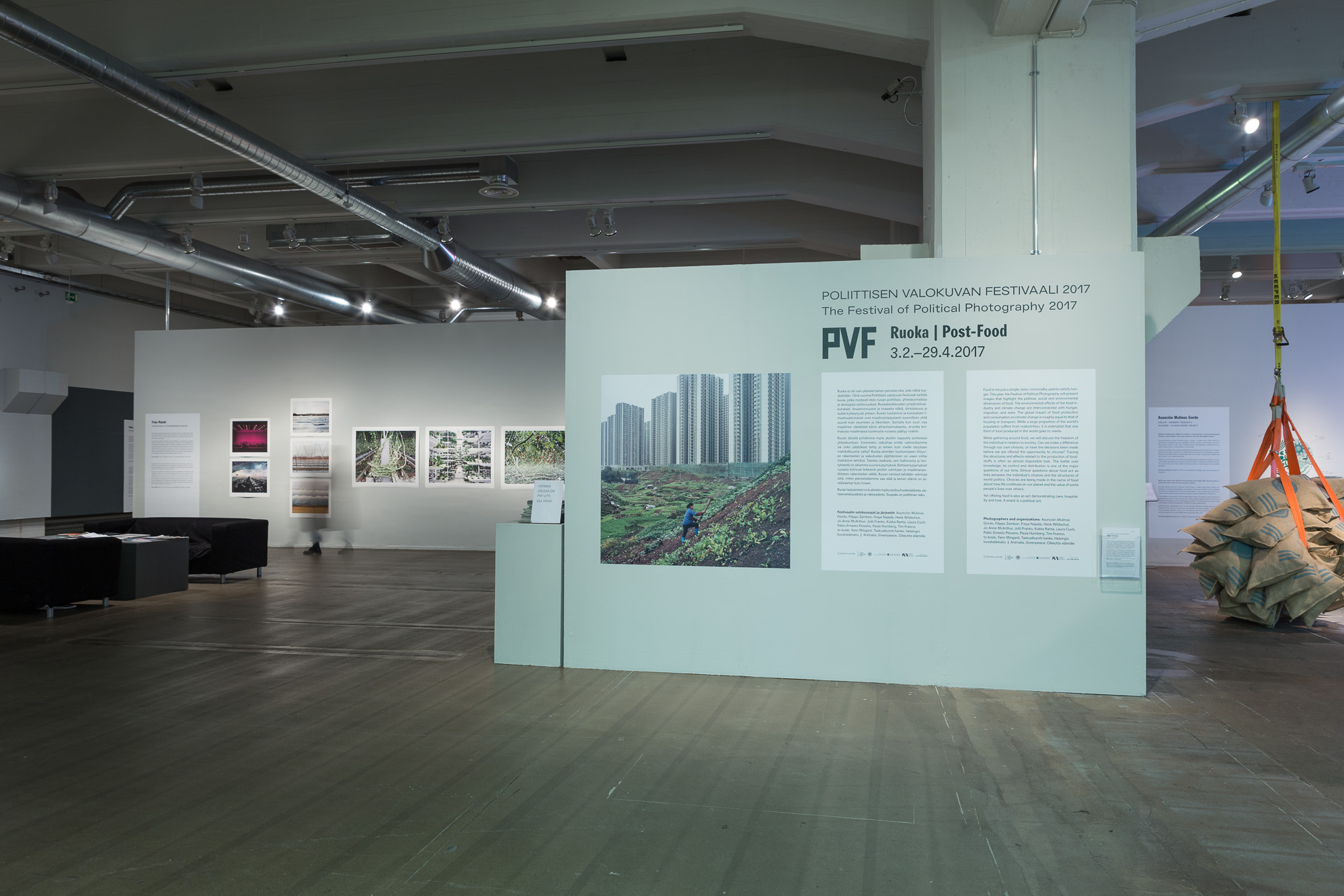


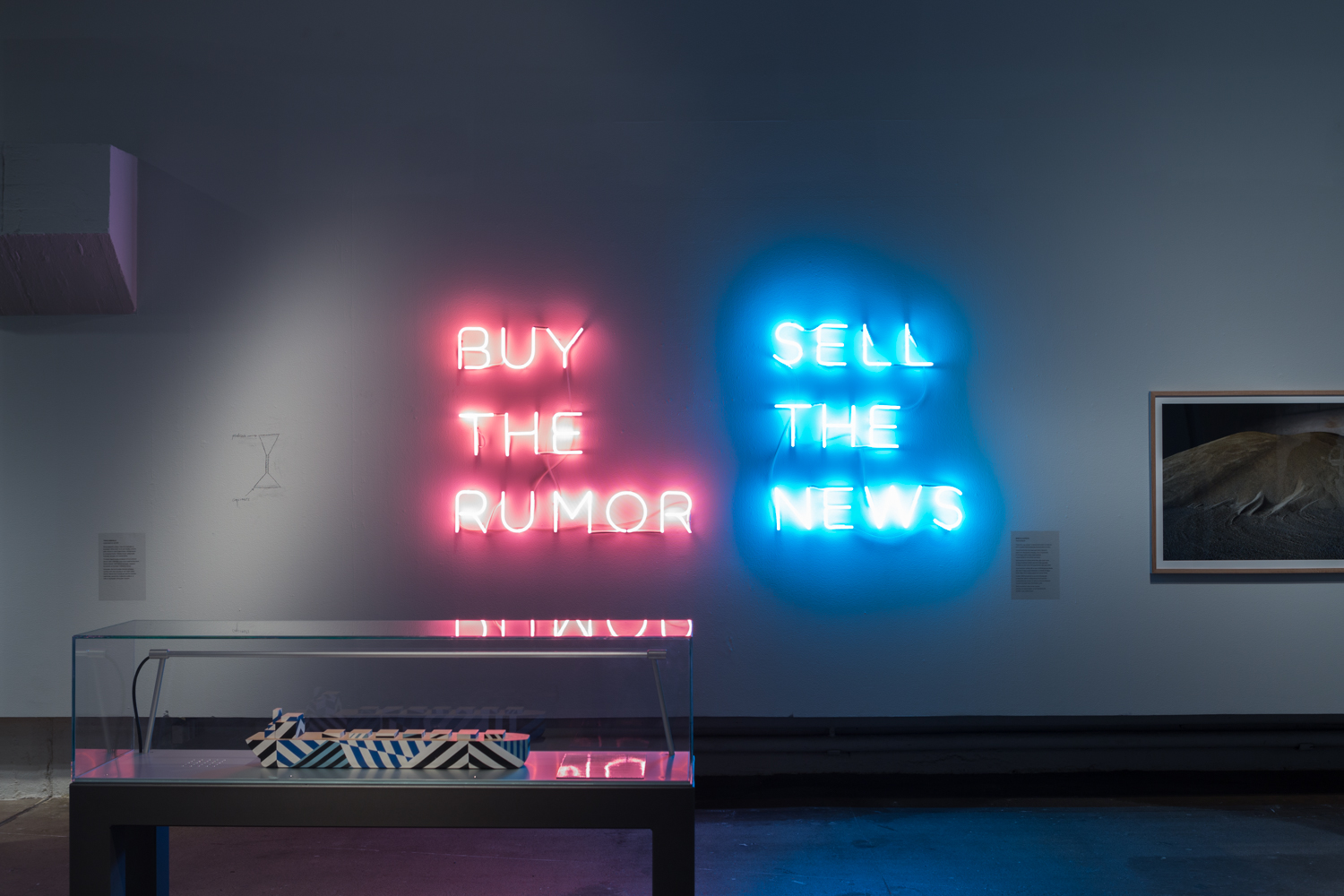
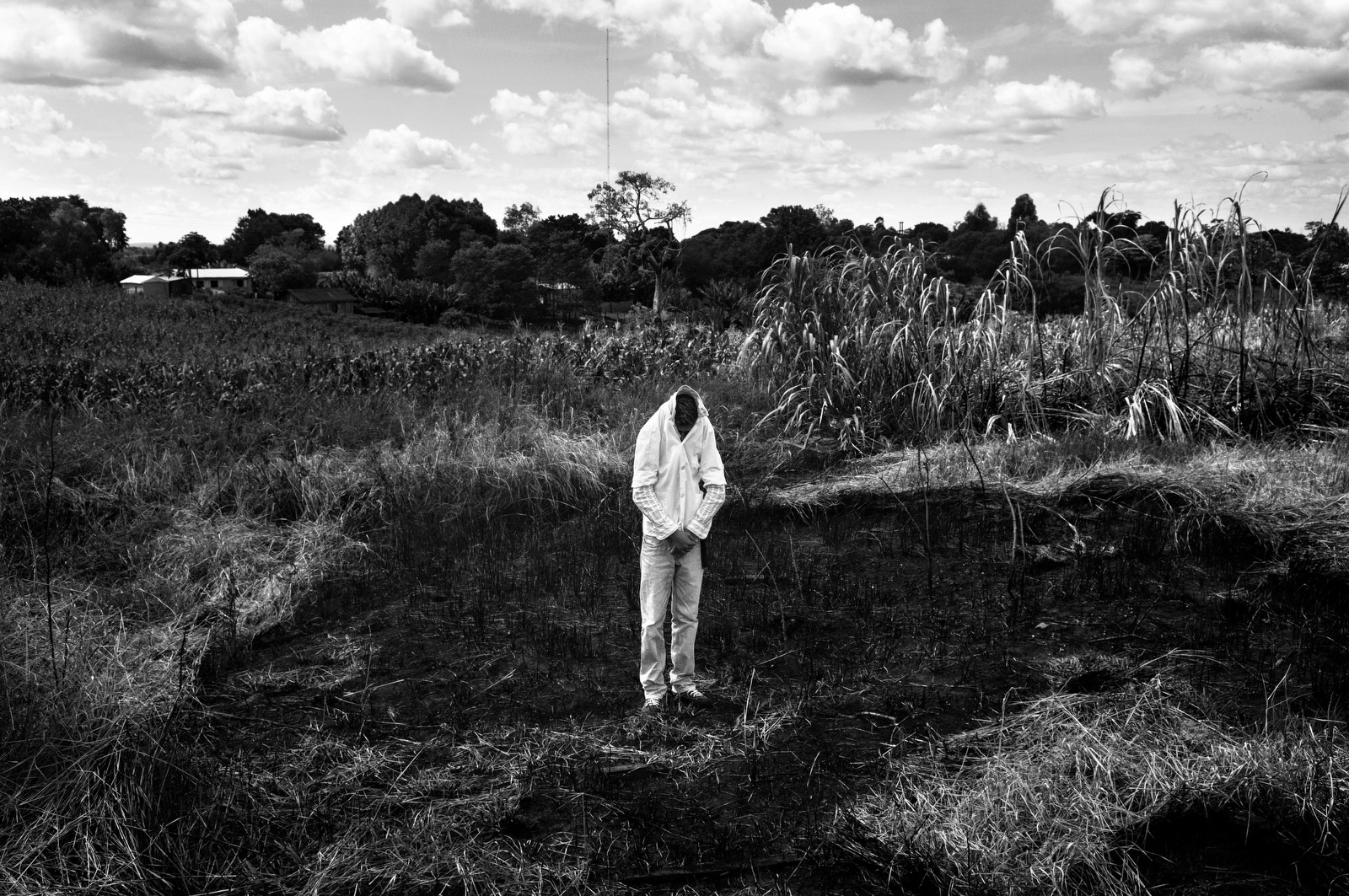
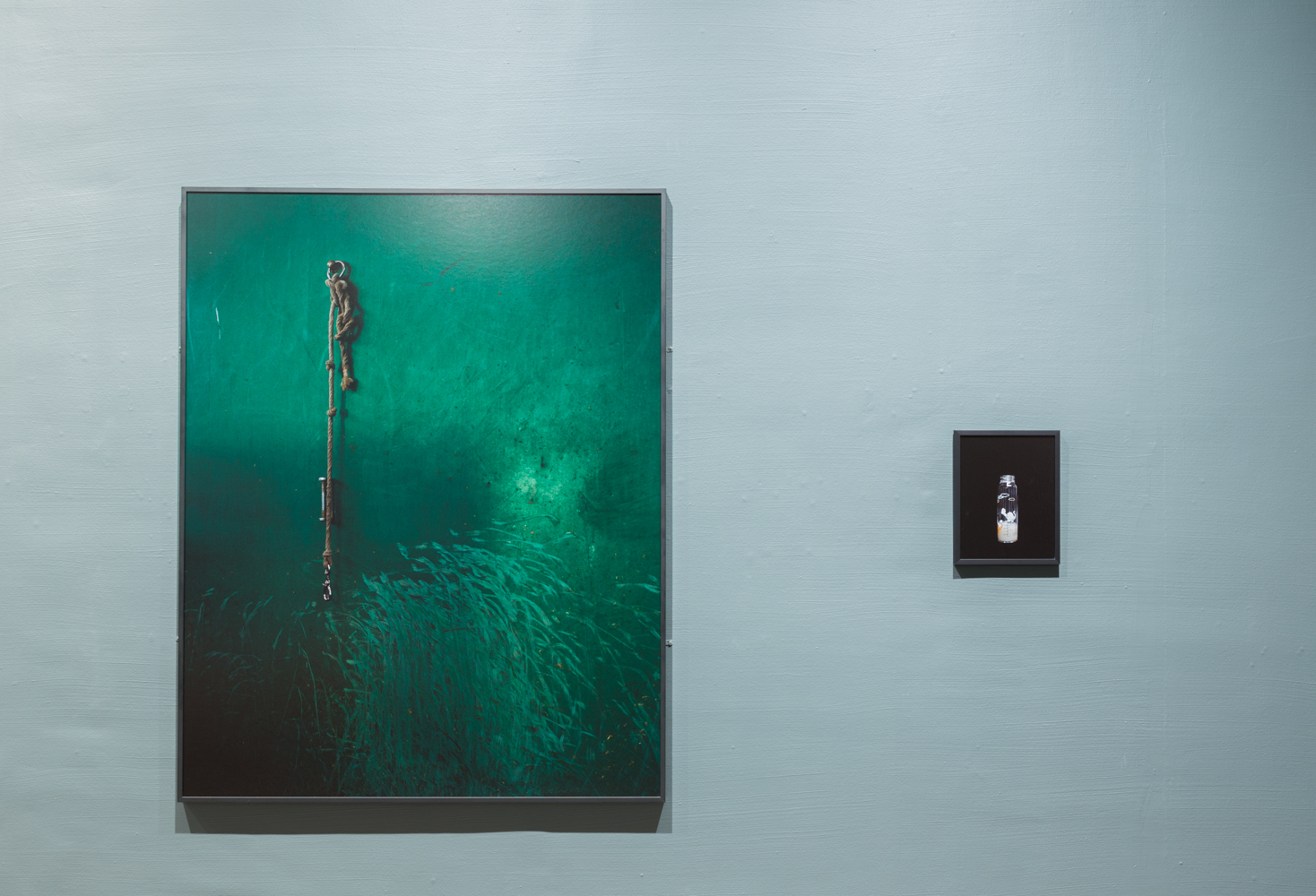
Food is not just a simple, basic commodity used to satisfy hunger.
This year, the Festival of Political Photography will present images that highlight the political, social and environmental dimensions of food. The environmental effects of the food industry and climate change are interconnected with hunger, migration, and wars. The global impact of food production and consumption on climate change is roughly equal to that of housing or transport. While a large proportion of the world’s population suffers from malnutrition, it is estimated that one third of food produced in the world goes to waste.
While gathering around food, we will discuss the freedom of the individual in relation to society.
Can we make a difference through our own choices, or have the decisions been made before we are offered the opportunity to choose? Tracing the structures and effects related to the production of foodstuffs is often an almost impossible task. The battle over knowledge, its control and distribution is one of the major questions of our time. Ethical questions about food act as links between the individual’s choices and the structures of world politics. Choices are being made in the name of food about how life continues on our planet and the value of some people’s lives over others.
Yet offering food is also an act demonstrating care, hospitality and love. A snack is a political act.
Photographers
Asunción Molinos Gordo, Filippo Zambon, Freya Najade, Henk Wildschut, Jo-Anne McArthur, Jošt Franko, Kukka Ranta, Laura Cuch, Pablo Ernesto Piovano, Paula Humberg, Tim Franco, to kosie, Yann Mingard, Animalia, Greenpeace, Oikeutta eläimille, food themed YouTube videos (curated by Jaakko Keso + workgroup)
Kouluyhteistyö: Helsingin kuvataidelukio
Exhibitions
The Finnish Museum of Photography: Post-Food
Stoa Gallery: Spriritual Flavours + Non-Egyptian Restaurant
Virka Gallery: Food waste
Festival programme
- Artist talks. Festival photographers tell about their work.
- Panel discussion: Can photography influence the society? With Photographer Meeri Koutaniemi, Museum director Elina Heikka and photographer Sanni Seppo. Conducted by photography researcher Anna-Kaisa Rastenberger.
- Panel discussion: Can art influence the society? Artists from different disciplines present their visions about the relation of arts and politics. With writer Risto Isomäki, theatre director Susanna Kuparinen and photographer Sanni Seppo among others.
︎ Downlod PVF-magazine 2017 as a PDF-file (in Finnish)
Asunción Molinos Gordo

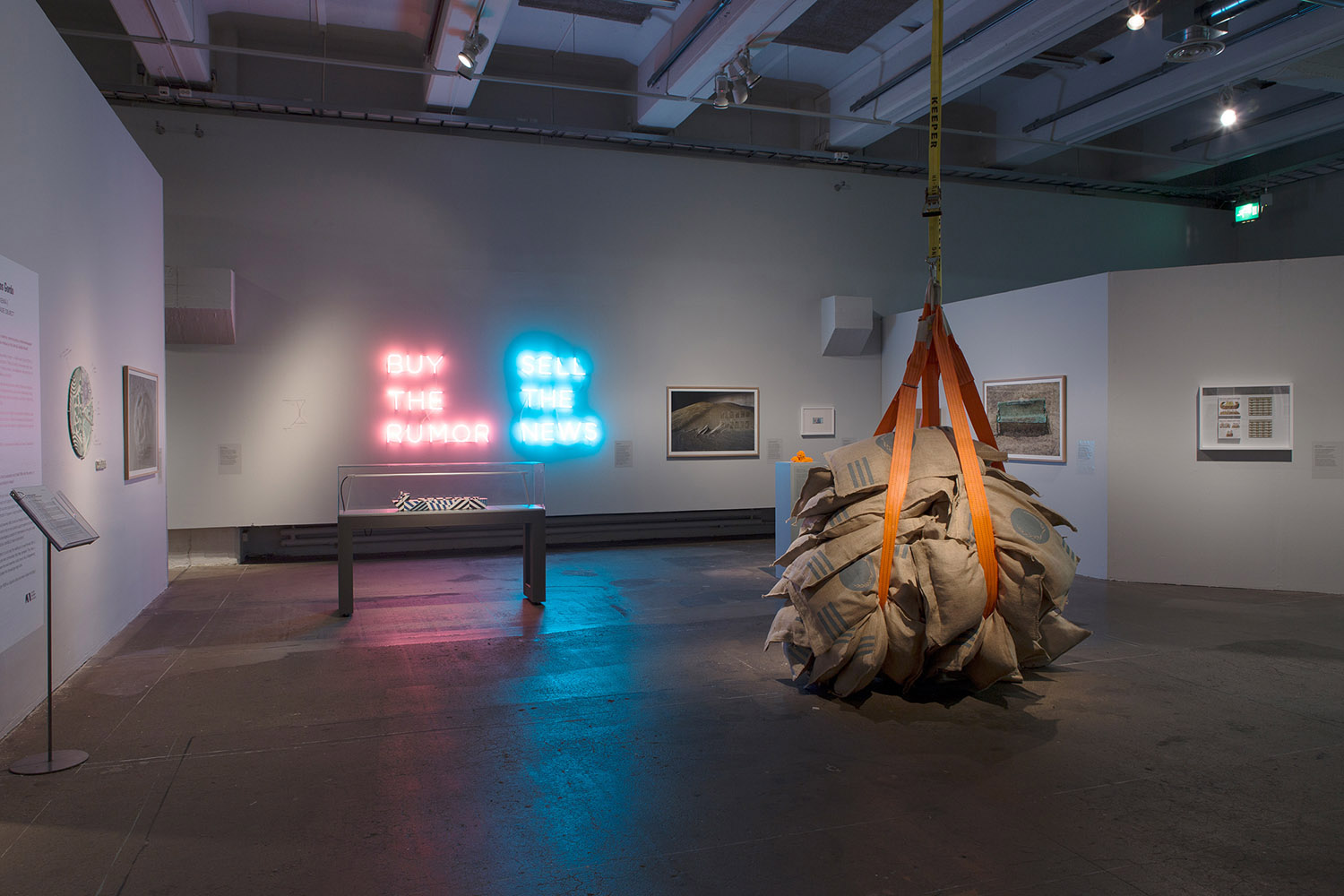
HUNGER – A MAN-MADE OBJECT
What laws govern the world’s food production and trade? Who has the power to decide the cost of food and the producer’s share?
Asunción Molinos Gordo‘s multi-part work Hunger – A Man-made Object (2014) is an installation comprising photographs and objects. In her work, Molinos Gordo highlights phenomena in global trade, such as price speculation in grain, small-scale farmers running into debt, and the concentration of power in large multinational companies.
The problems of agriculture most severely affect small and medium-sized producers in developing countries, as they cannot rely on any societal support systems and have no chance of negotiating a more advantageous position for themselves on the grain, seed and fertiliser market dominated by a handful of major corporations.
Molinos Gordo emphasises that it is not only the livelihood of small farmers that is threatened, but also the cultures and communities that they represent. They have in their possession tradition, know-how and expertise, which are at risk of disappearing, as food production is concentrated into increasingly large units.
PoST-Food
PVF 2017The Finnish Museum of Photography


THE NON-EGYPTIAN RESTAURANT
(EL MATAM EL MISH MASRY)
In 2012, Asunción Molinos Gordo converted a Cairo gallery space into a restaurant for one month. The restaurant worked as an instrument for common critical analysis, to help understand the reasons behind Egyptians diminishing access to food.
During the first week, the restaurant served dishes made from the best Egyptian ingredients, which are not available to the locals under normal circumstances. During the second week, the restaurant was taken over by four local women, who worked with a budget that corresponded to the average food expenses of families living in the area.
During the third week, Molinos Gordo scoured the area around the restaurant to find food grown in the blocks nearby. What she found was inedible. In the last week, she and a group of archaeologists excavated in the backyard of the restaurant to find signs of a period when the area was cultivated.
Egypt’s agricultural policy has led to a situation in which high-quality vegetables are produced for export, while most local people can only afford the cheapest imported food products with poor nutritional value.
Asunción Molinos Gordo (born 1979) is a Spanish artist, who lives in Spain and Egypt.
︎ Asunción Molinos Gordo
Spriritual Flavours &
Non-Egyptian Restaurant
PVF 2017Stoa
Filippo Zambon: Into the Bin

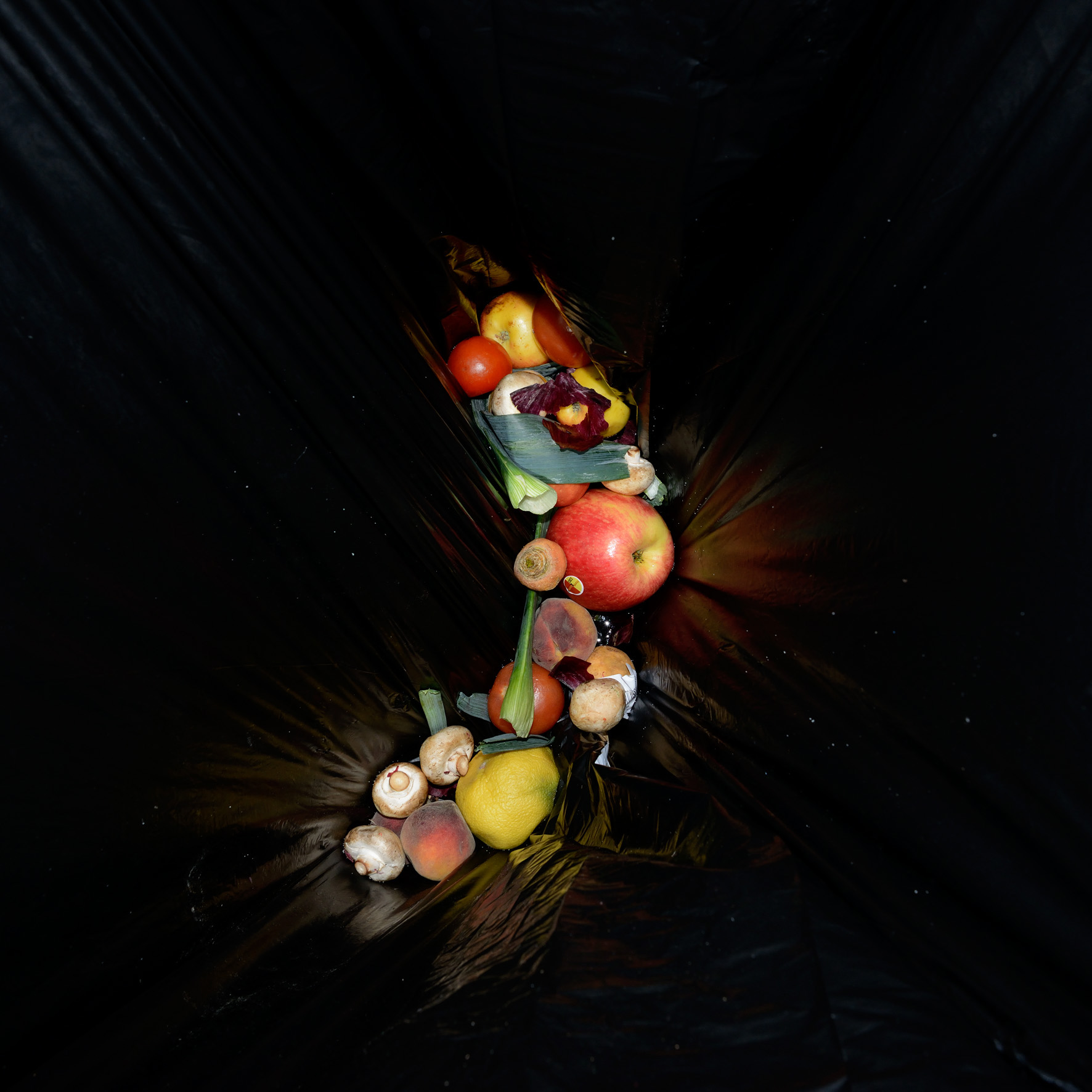

Filippo Zambon’s series Into the Bin is the first part of an ongoing project about the effects of waste on society and the environment. The project aims to expose and criticize the consumerist attitude of a part of society and the mentality of the business market, which consider profit as the only achievement.
The first part of the project is about food waste. The photographs depict the contents of supermarket trash bins. The images represent waste food as beautiful “nature morte” that aesthetically contrasts with the policy of immediately disposing of expired or almost-expired items.
Most of the food disposed of by grocery stores is still perfectly edible. Not even the store workers are allowed to take the food home.
In Finland, dumpster diving has become a very popular practice among some people with very different backgrounds. What used to be a common practice for students and the unemployed has started to attract people who do it for reasons other than saving money. Dumpster diving has become for many a kind of activism to fight the materialistic mentality at the core of the consumeristic market system.
The pictures were taken in the winter 2014–2015 in the trash bins of supermarkets around Helsinki.
︎ Filippo Zambon
POST-food
PVF 2017The Finnish Museum of Photography
Freya Najade


Strawberries in Winter
Agriculture and the rural landscape have changed more in the last 40 years than in the last 400 years. Freya Najade‘s series of photographs Strawberries in Winter (2011−2013) takes us to greenhouses, in which increasingly high-yielding crops are grown regardless of location, time of year, and the laws of nature.
Consumers have learned to demand products that are affordable, homogeneous and available throughout the year. By using the latest technology farmers can produce more vegetables in enclosed rooms without natural light or air. The time of year and time of day become irrelevant, and people decide the shape, colour and taste of fruits and vegetables.
Consumers are rarely aware of how intensive agriculture works and what it looks like, even though everyone contributes to the changes in the food industry. Through her project, Najade wanted to understand how agriculture responds to the growing needs and demands of retailers and consumers.
POST-food
PVF 2017The Finnish Museum of Photography


Misfits
Nowadays, fruits and vegetables have to meet specific aesthetic standards set by supermarkets before they can be sold in their stores. Guidelines establish the exact size, shape and colour each variety should comply with.
In Misfits I photograph fruits and vegetables that failed to meet these specifications and as a result, got either thrown away or processed into juice or soup. The marks, shape and colour for which these varieties were deselected didn’t have any impact on their taste. Growers got about five per cent of the price they would have received for a product that met the standards.
Freya Najade (born 1977) is a German-born photographer who works in London.
︎ Freya Najade
POST-food
PVF 2017The Finnish Museum of Photography
